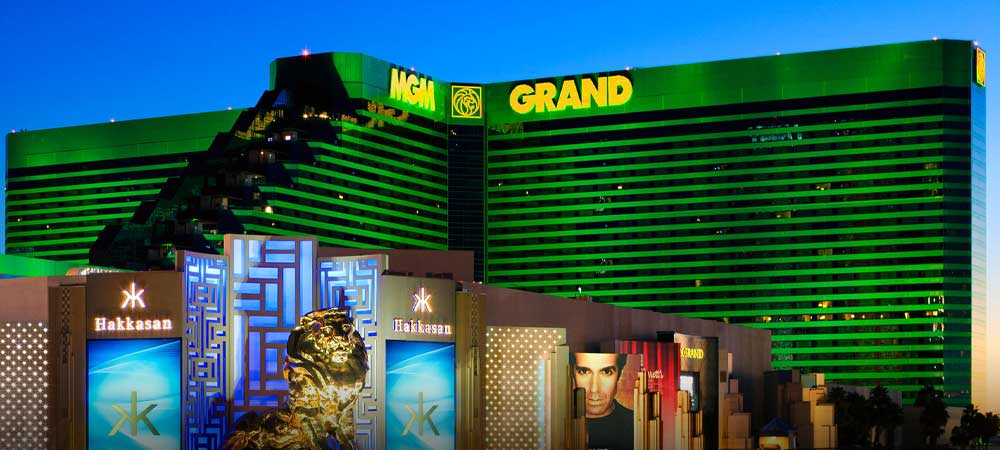- MGM Resorts will only own 15 acres of the Las Vegas Strip by the end of 2021.
- In 2014, they owned more than 800 acres of the strip.
- They achieved this by spinning off an investment trust to control their land, thereby retaining access but bringing in further revenue.
LAS VEGAS - MGM Resorts has nearly fully executed a change in strategy that pivoted the company from being the Las Vegas Strip’s largest landowner to owning less than 2% of the land it used to own on the strip.
In 2014, MGM owned more than 800 acres of land on the Strip, and realized that, in effect, that land was a gold mine. They’ve sold almost all of it now, and by the end of the year expect to own only 15 acres of land on the Las Vegas Strip.
This is referred to as an asset-light strategy, as MGM uses the proceeds from these sales to pivot into other areas of operation, including online gambling with their BetMGM spinoff.
“We expect to continue executing on our asset-light strategy and utilizing the proceeds from our real estate transactions to enhance our financial flexibility and secure new growth opportunities,” said MGM Resorts CEO Bill Hornbuckle.
The Role Of REITs
To some degree, this is financial sleight of hand. In 2016, MGM Resorts spun off a real estate investment trust called MGM Growth Properties. They then proceeded to make deals with Blackstone Real Estate Investment Trust, and a combination of these deals with the spinoff of MGM Growth Properties turned MGM Resorts into a company that, instead of owning the land, was operating resorts on land owned by MGM Growth Properties and Blackstone.
MGM Resorts still controls a significant amount of MGM Growth Properties - as of March, they controlled 42% of the company. MGM Growth Properties can be looked at as a method of extracting further value from the real estate that MGM Resorts owned.
By spinning off a REIT and making it public with an IPO, they were able to gather investors for said REIT, while not really changing much about their operations structure.
In other words, instead of thinking of this move as selling the land to keep operating - or robbing Peter to pay Paul - think of it like asset optimization instead.
They already had the land, but it was only being used for their commercial properties. Now, the land in Nevada is still being used for said properties, but as part of a publicly-traded REIT, which brings in revenue via investment.
In effect, they’ve gone from using the land as an asset to using it as an asset as well as a financial instrument.
Granted, the fact that MGM Resorts only controls 42% of MGM Growth Properties could be considered a worry, but the idea that a hostile company could buy up the remaining 58% of the company just to cause MGM trouble seems far-fetched.
In addition, there are some genuine sales - the Bellagio, for example, was sold to Blackstone for more than $4 billion, and leased back for around $245 million annually. So, through a combination of financialization of their assets and stripping down the focus of the company, they expect to be able to become a leaner, more efficient company.
It seems like MGM’s real estate bet may pay off big.
